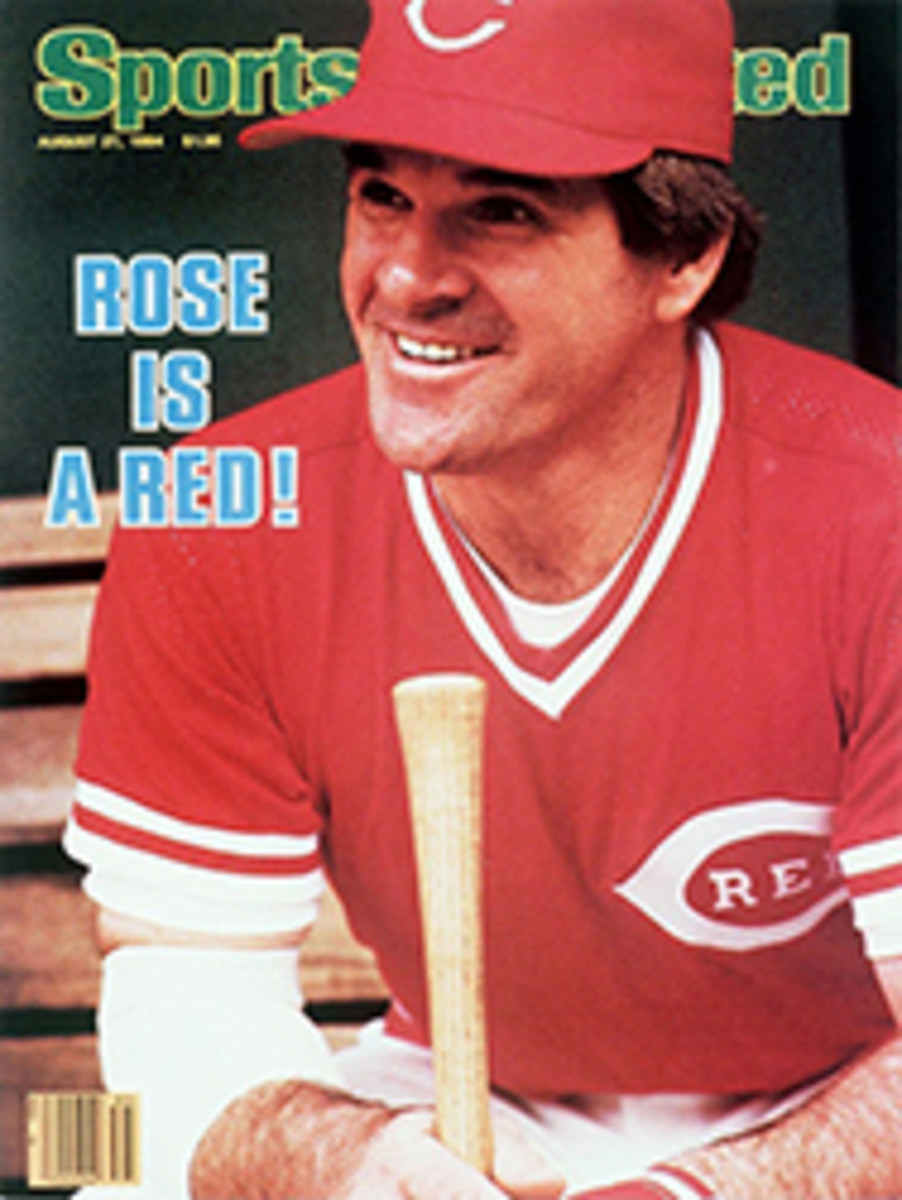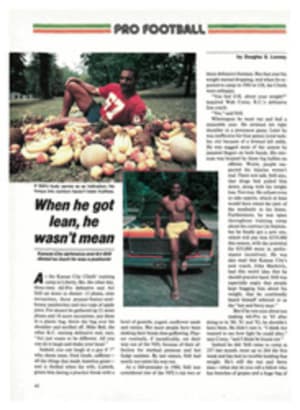
THE AUSSIES HAD MANY HAPPY RETURNS IN THE BOOMERANG CHALLENGE CUP II
"We were told not to come home if we didn't win this time," said Bunny Read, the senior Aussie thrower, before the return match of the year, the Boomerang Challenge Cup II. "And if we don't. I don't think I'll want to."
And who would blame him? In 1981 a band of American tyros went Down Under to face Read and several other premier Aussie throwers and, to everyone's astonishment, won six of seven matches. "We should hang our heads in shame," lamented Sydney's Daily Telegraph after one of the losses. "Boomerangs? They were invented here. It's enough to make any self-respecting Aussie go bush."
But for now, at least, Read and his countrymen have avoided banishment. By the time the last boomerang was launched on its long elliptical flight around a windblown field in Delaware, Ohio in June, the six-man Australian team had clinched the rubber match of a series that was also played in Washington and Bethlehem, Pa., redeemed its national pride and helped promote interest in an eccentric sport that since its exhibition at the Smithsonian Institution in 1969 has, well, boomed in the United States.
How do you compete in boomerang throwing? You need a large field, the perimeter of which is free of valuable cars, buildings with windows and slow-moving persons. The field should be marked with a two-meter launcher's circle and three more concentric circles at two-meter intervals. Since the thrower is also the target, points for accuracy are allotted by how close the catch is made to the bull's-eye. For measuring distance, there should be chalked half-circles at 10-meter intervals from the launcher's circle toward the wind, the direction in which a boomerang is always thrown.
Competitions typically test distance, accuracy and catching ability. This year, after some haggling, the two teams, culled from competitions in both countries, agreed to compete in five events: maximum time aloft; fast catch (making five throws and catches in the shortest time); team relay (running 20 meters to the launcher's circle, throwing and catching the 'rang, then running and handing off to the next player); accuracy (throwing from the bull's-eye and trying to hit it on the return); and Australian Round (which encompasses long-range throwing, pinpoint accuracy and catching).
The U.S. team—Eric Darnell of South Stafford, Vt., George Reitbauer of Annville, Pa., Barnaby Ruhe of Emmaus, Pa., Chet Snouffer of Delaware, Ohio, Larry Ruhf of Belchertown, Mass. and his twin, Peter, from Barto, Pa.—wanted to include doubling (throwing two boomerangs and catching both) and suicide, in which members of both teams throw simultaneously and try to catch their 'rangs while avoiding everyone else's. But the Aussies threatened not to show.
"That stuff is all right for a circus act," said Bob Burwell, the Aussie captain, "but not for serious competition."
"Why not create incredible danger?" said Ruhe, who does a latter-day William Tell act in which a returning boomerang knocks an apple off his head. "Make it really exciting."
"When you throw a boomerang, it's supposed to come back," said Read, "not kill you."
Such were the philosophical differences between the two teams—the Americans madcap, inventive, attuned to the esthetics of an ancient, though imported, form of recreation; the Aussies ploddish but confident that their 14,000-year handle on the sport would serve them well.
The biggest factor in the series was the wind, boomerang throwing's b√™te noire, which howled in Washington, abated for the match in Bethlehem four days later and screamed again in Delaware. With the wind neutralizing experience and skill, the teams split the first and last matches, so that the only opportunity to display true throwing technique was in Bethlehem. There, the Americans jumped to an early lead by winning the fast-catch and maximum-time-aloft events, unveiling new boomerang designs in each—a longer and more slender model in the former and an ultralight boomerang with one arm longer than the other in the latter. The two teams were even in the accuracy event, but with Read and Burwell making throws of 50 and 60 meters that returned to the two-meter bull's-eye, the Aussies drubbed the Americans in Australian Round, which, because it tested traditional throwing skills, counted 1½ times as much as the others. The windy conditions produced one bit of Yankee ingenuity though: To create drag and prevent his boomerang from being blown away, Darnell, a former windmill designer, attached a spoiler-like strip of metal tape to it. This "wind keel," a play on the controversial winged keel used last year by the victorious Australians in the America's Cup, accounted for several first places in Washington and Delaware.
The hearty Yanks took their defeat in stride. "It's good for the sport that they won," said a philosophical Peter Ruhf.
There is already talk of an American comeback next year. That series would have to take place Down Under, for the Aussies, like their boomerangs, have found a way to return home.

